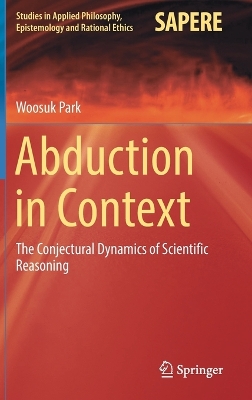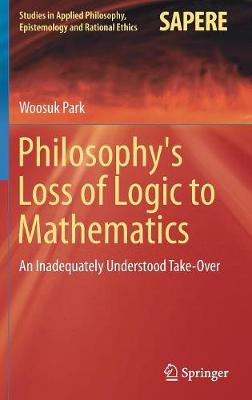Studies in Applied Philosophy, Epistemology and Rational Ethics
2 primary works
Book 32
This book offers a novel perspective on abduction. It starts by discussing the major theories of abduction, focusing on the hybrid nature of abduction as both inference and intuition. It reports on the Peircean theory of abduction and discusses the more recent Magnani concept of animal abduction, connecting them to the work of medieval philosophers. Building on Magnani's manipulative abduction, the accompanying classification of abduction, and the hybrid concept of abduction as both inference and intuition, the book examines the problem of visual perception together with the related concepts of misrepresentation and semantic information. It presents the author's views on caricature and the caricature model of science, and then extends the scope of discussion by introducing some standard issues in the philosophy of science. By discussing the concept of ad hoc hypothesis generation as enthymeme resolution, it demonstrates how ubiquitous the problem of abduction is in all the different individual scientific disciplines. This comprehensive text provides philosophers, logicians and cognitive scientists with a historical, unified and authoritative perspective on abduction.
Book 43
This book offers a historical explanation of important philosophical problems in logic and mathematics, which have been neglected by the official history of modern logic. It offers extensive information on Gottlob Frege's logic, discussing which aspects of his logic can be considered truly innovative in its revolution against the Aristotelian logic. It presents the work of Hilbert and his associates and followers with the aim of understanding the revolutionary change in the axiomatic method. Moreover, it offers useful tools to understand Tarski's and Goedel's work, explaining why the problems they discussed are still unsolved. Finally, the book reports on some of the most influential positions in contemporary philosophy of mathematics, i.e., Maddy's mathematical naturalism and Shapiro's mathematical structuralism. Last but not least, the book introduces Biancani's Aristotelian philosophy of mathematics as this is considered important to understand current philosophical issue in the applications of mathematics. One of the main purposes of the book is to stimulate readers to reconsider the Aristotelian position, which disappeared almost completely from the scene in logic and mathematics in the early twentieth century.

